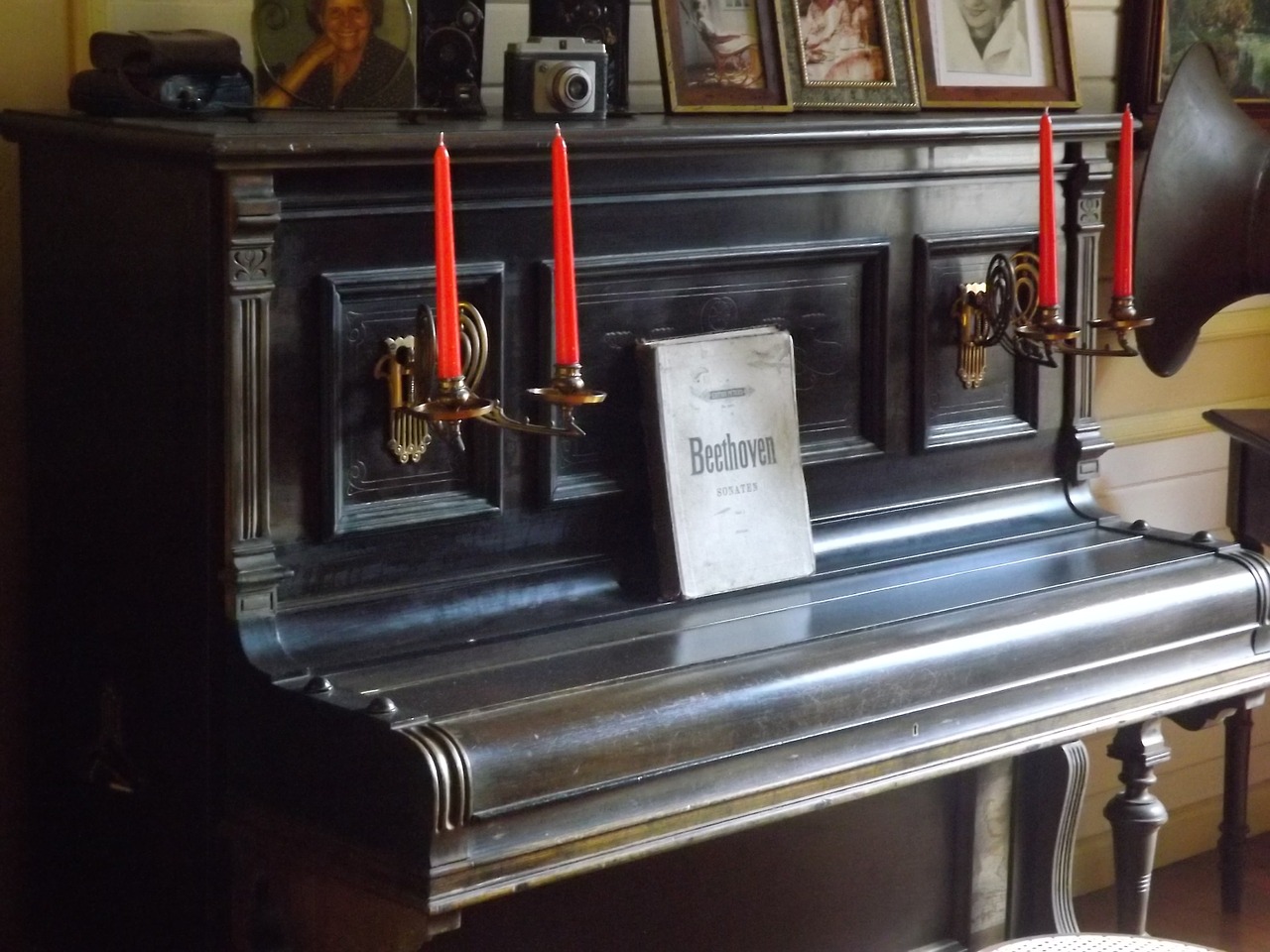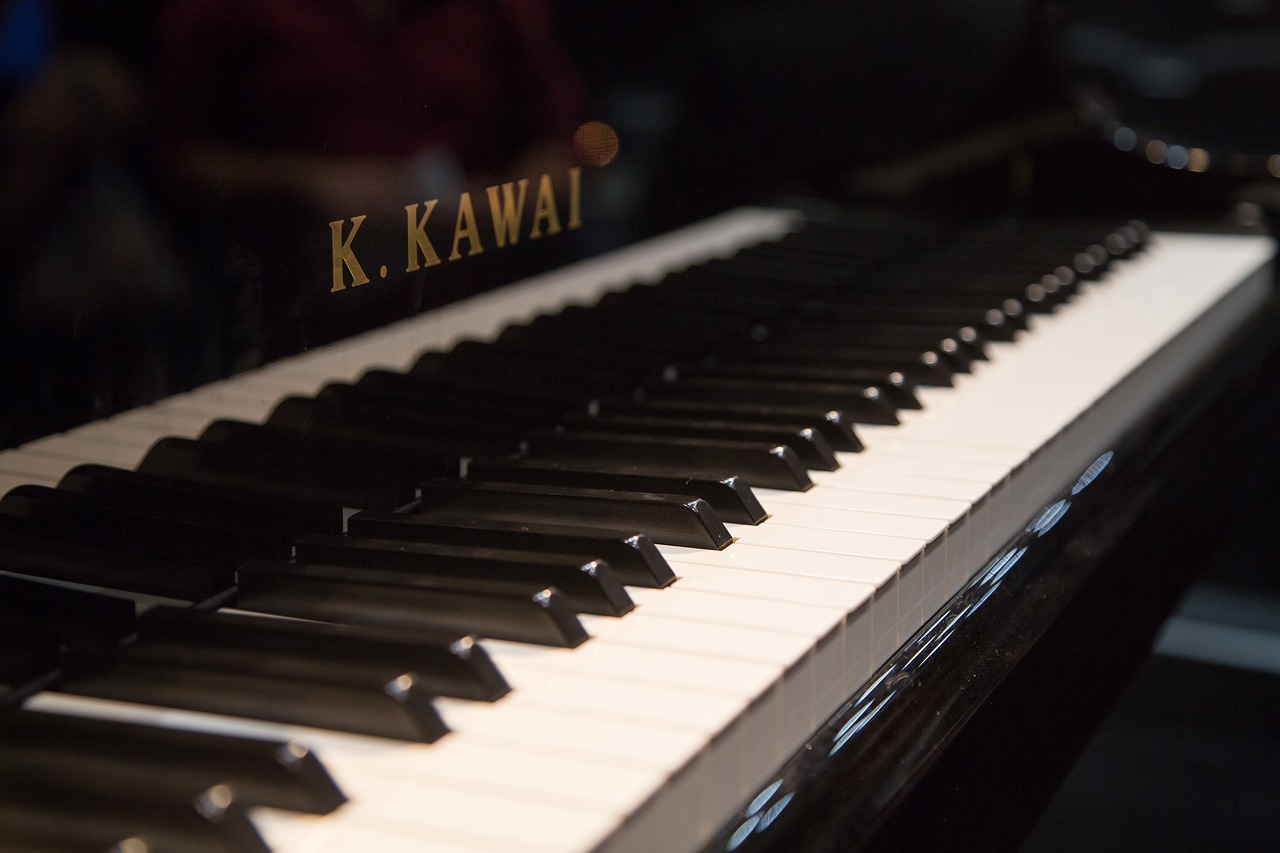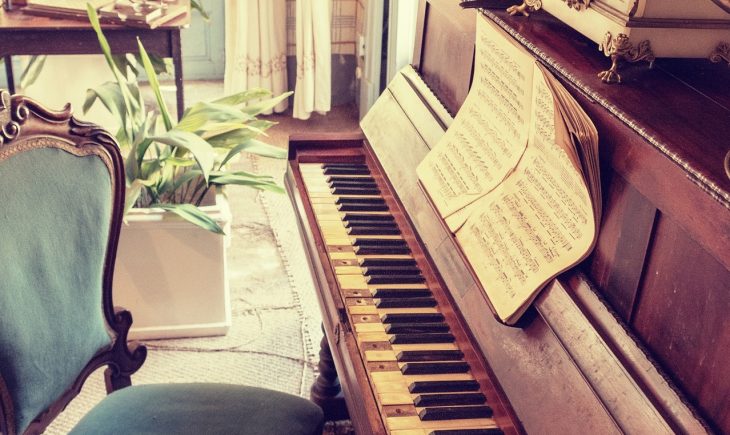One of the most popular gags in slapstick comedy is that of a giant piano (grand or upright, cartoonists often aren’t picky) falling from three stories onto a person. In this article, you’ll learn safe methods of moving and storing upright pianos so that this doesn’t happen to you.

Supplies You’ll Need for Moving
A couple of things to establish: first, if you call professionals to move your piano, they will usually have supplies necessary to do so. Second, you should never try to move a whole piano by yourself, because that could potentially result in injury to yourself and the piano. In case the movers are short some supplies or you do need to perform the move solo, West Coast Piano recommends these items:
- Dolly
- Moving Straps
- Blankets
- Cardboard rectangles
Most upright pianos come equipped with wheels, but in instances of moving your piano over uneven terrain (such as grass, stairs, or changes in floor level), the dolly will give you that extra leverage and the sturdy wheels you’ll need.
Experts at the UK’s Fantastic Removal Services also recommend using tape (such as regular painter’s tape) to outline your path. Clear the way and measure everything out beforehand, so you don’t run into anything, but still use the blankets to cover your piano and ensure your walls or piano aren’t damaged.
You will also want multiple people present; at least 2-4 should be moving the piano itself, while one or two should be watching your path and making sure it’s safe.
Moving the Piano Up or Down Stairs
If you are navigating a staircase, this part of the move might require a professional hand. Moving straps are a necessity here, as well as the cardboard. Place the cardboard rectangles on each of the stairs (to avoid them sliding around, you may want to tape them down with your painter’s tape). Each person moving the piano should have a hold of one strap apiece. Now, slowly, carefully, move the piano down one step at a time and maintain clear communication between movers.
The method is the same for moving upstairs, but be aware that this will tire you out a lot more. Make sure to let the other movers know if you need to stop to catch your breath.
Once the piano is in the vehicle of choice, strap it down with the moving straps and get ready to do this all over again at the new location.
How to Store the Upright Piano
If moving the piano into a storage unit or other place where it will simply exist unused for a while, here are a few tips.
StorageFront recommends a climate-controlled storage space, as wooden pieces of furniture can be easily warped under the wrong conditions. Cheap Movers Charlotte (http://www.cheapmoverscharlotte.com/) also recommends polishing the wood before covering it with a light cotton sheet (but don’t polish the keys! take a damp cloth to them to dust them off).

Pianos may look big and sturdy, but they’re incredibly delicate instruments at heart. Be as gentle and smooth as possible when moving, even if just across the room. Give the piano some time to adjust once it has moved before getting it tuned, as the environment can play a critical role in a piano’s tone.


